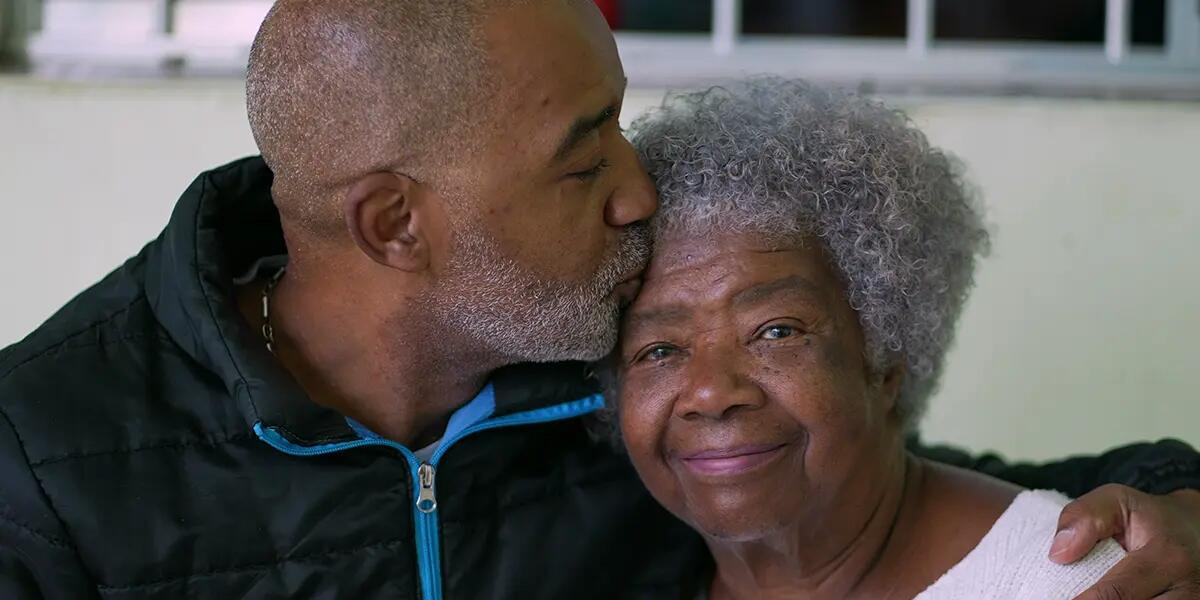Dementia Among Minority Groups

This year during Minority Health Month, we are examining how dementia impacts ethnic and racial groups uniquely. For example, “Black and Hispanic individuals have higher risk of dementia that is not fully accounted for by genetics alone,” according to Coe and Lee writing for JAMA Network. “Despite the higher risk and prevalence, racial and ethnic minority populations are less likely to be formally diagnosed with dementia and more often diagnosed at later stages of the disease,” they add.
Dementia incidence & diagnosis
The Alzheimer’s Association presents some key statistics:
- Black Americans are about 2X more likely than White Americans to have Alzheimer's and other dementias.
- Hispanic Americans are about 1.5X more likely than White Americans to have Alzheimer's and other dementias.
- There is a gender disparity, too; almost two-thirds of people living with Alzheimer’s are women.
Social determinants of health
Socioeconomic factors and other social determinants of health may play a role in development of dementia and could help explain some of the differences. “Individuals who experience high socioeconomic deprivation—measured using income/wealth, unemployment rates, car/home ownership and household overcrowding—are significantly more likely to develop dementia compared to individuals of better socioeconomic status, even at high genetic risk,” says the Alzheimer’s Association. “Compared with workers earning higher wages, sustained low-wage earners experienced significantly faster memory decline in older age,” they add.
Differences in social determinants of health “contribute to the stark and persistent chronic disease disparities in the United States among racial, ethnic, and socioeconomic groups by systematically limiting opportunities for members of some groups to be healthy,” notes the CDC. There are many social determinants of health correlated to the risk of dementia. For example, the CDC points to the finding that higher education is associated with lower rates of cognitive decline. While this is not well understood, researchers suggest higher education may build up a cognitive reserve that has a protective effect later in life.
Access to healthcare services, early diagnosis of conditions, and targeted interventions are other examples of social determinants, explains the CDC. The community environment is yet another: “Built environments can influence overall community health and individual behaviors, such as physical activity and healthy eating.”
Social connection is one of the strongest social determinants of health among the aging. In fact, social isolation increases the risk of death from all causes. Notes the CDC, “Social isolation was associated with about a 50% percent increased risk of dementia.”
Shifting demographics
Some healthcare experts are examining health equity in dementia care. Health equity is defined by the CDC as “the state in which everyone has a fair and just opportunity to attain their highest level of health.” Comments Sluder in an article for Federal Practitioner, “Despite the ethnic diversity of the US, there are considerable gaps in the literature regarding dementia and how it is diagnosed and treated among many ethnic and racial groups.” The question is important, she contends, as projected demographics continue to shift. Minority populations will comprise 45% of the U.S. populace by 2060, with proportionately large increases for Hispanic populations, Asian and Pacific Islanders, African Americans, and American Indians/Alaska Natives. She advocates for diverse representation in research initiatives, culturally competent care, and a focus on early and accurate diagnosis.
Cultural awareness, competency
Respect for the cultural beliefs and values patients hold is essential to providing person-centered dementia care. It may affect how or whether individuals access healthcare and how they make decisions about care. It may affect how they form relationships with nursing home staff.
Behind the dementia symptoms a resident is experiencing today is a lifetime of socioeconomic, personal, and cultural experiences that form a person’s identity. Caregivers need to understand the resident’s “values, beliefs, interests, abilities, likes, and dislikes—both past and present,” advises the Alzheimer’s Association. “This information should inform every interaction and experience.”
“The cultural competency of providers directly impacts patient and family engagement and receptivity to health interventions,” according to Clark et al. Getting to know the patients and families we serve and building trust are cornerstones of dementia care. As partners in care, family members can play an active role in advancing quality of life.
As dementia care practitioners, we thrive on relationship-building. A focus on the diversity of those we serve brings us back to our core mission: to enhance the quality of life for our shared patients by easing their suffering while actively promoting their safety, functionality, and dignity.
